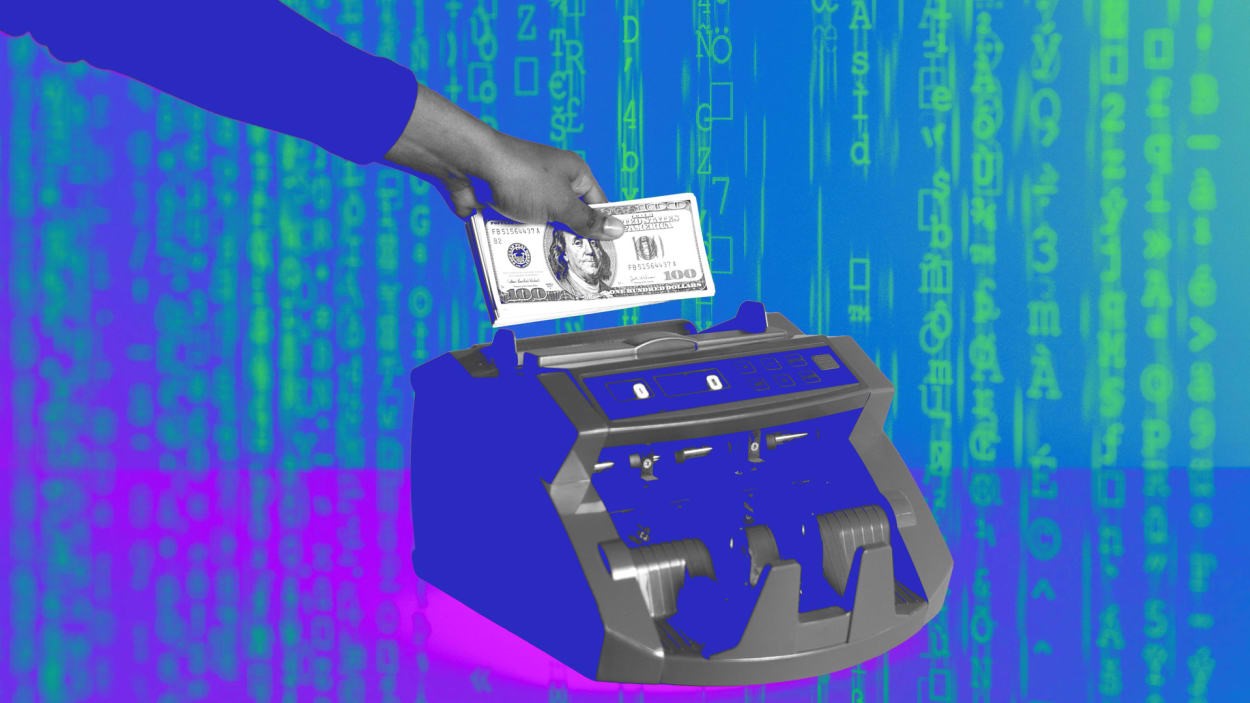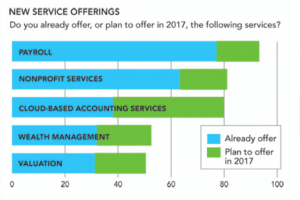By Sam Becker
In January, Samsung unveiled its upcoming generation of Galaxy smartphones and devices, which will incorporate new AI-powered features. But it could come with a cost, as a note on the Galaxy S24 Ultra’s product page indicates that “Galaxy AI features by Samsung will be provided for free until the end of 2025 on supported Samsung Galaxy devices.”
That brings up a big question: Should Galaxy owners anticipate that they’ll need to pay extra or recurring fees to use Galaxy AI features starting in 2026? Fast Company reached out to Samsung to ask, and a spokesperson responded by saying that “we are committed to making Galaxy AI features available to as many of our users as possible. We will not be considering any changes to that direction before the end of 2025.”
If Samsung does decide to start charging users to use AI-enabled features, it wouldn’t be the first tech company to consider it. Humane, which is supposed to start shipping its flagship product, the Ai Pin, in March, plans to charge a monthly subscription fee of $24 on top of the initial $699 purchase price to use the device. Meanwhile, Amazon may incorporate AI-related fees into its next generation of Alexa models, according to Bloomberg.
AI-enabled hardware appears to be the next big thing in consumer tech, with companies such as Google, Microsoft, and even Apple working to incorporate generative AI into various devices, including the iPhone. But again, as far as whether these new features are going to end up costing users extra, or a new recurring fee for their use, nobody knows—or at least nobody will say.
Fast Company reached out to Amazon and Apple to ask if there were plans to incorporate additional charges for AI features, and both had no comment. While it may seem reasonable to interpret these companies’ silence as a “yes, start preparing to pay more for AI features,” experts say it may not be quite as simple as that. Because even though some forthcoming AI features may have been in the works for years by this point, the market still isn’t quite sure how to price them.
‘There’s a lot of TBD’
Given that AI is still an emerging technology in some respects, many companies simply don’t have a firm grasp on how—or how much—they will charge consumers to access AI-powered services that are incorporated into smartphones and other devices.
“They don’t know,” says Julie Ask, vice president and principal analyst at Forrester Research. “It’s hard to explain to a consumer, and it’s hard to predict how much people will use [AI features],” she says. “I think these companies are being honest when they’re saying that it’ll be free for a year because they just don’t know—they don’t know how much people are going to use it.”
And how much or whether people decide to use those features will go a long way in determining how much users end up paying for them. Given that AI tools have massive development costs, and ongoing costs to keep them functional (server space, upgrades, etc.), companies won’t really have an idea of how much it costs them to keep the tools and AI abilities running.
That means they likely don’t know how much to charge users to cover those costs and also generate a profit. In that sense, we’ll likely need to wait until some of these devices actually hit the market to see how many people use the features, and then let tech companies figure out a pricing model.
“There’s a lot of TBD,” says Ask.
Additionally, we don’t really know what “AI-enabled” devices will actually be able to do for consumers—or, if slapping “AI” on the box will serve as more of a marketing gimmick than anything, and allow companies to charge more for products. Ask says that, again, we’ll need to wait and find out.
“I think it’s going to be a marketing thing,” she says, “and we’ll need to wait and see what people do with it that really provides utility such that someone who wants to buy a new phone will think that they need one that’s AI-capable.”
How will consumers respond?
Assuming that AI-enabled tech does hit the market with additional costs, another question worth asking is how companies think consumers will respond. One industry that’s already been working in subscription and onetime charges for additional features is the auto sector—Tesla, for instance, allows owners to purchase upgrades for features like Autopilot or Full Self-Driving Capability directly in its smartphone app. Several other automakers are incorporating similar programs, or have plans to.
And, surprisingly, drivers haven’t responded by grabbing their pitchforks and storming Tesla’s Gigafactory plant in Austin.
“Consumers have been far more willing to accept subscriptions or onetime activations post-sale than we expected them to be,” says Mark Wakefield, global coleader of the automotive and industrial practice at AlixPartners. But Wakefield says that the key is managing customer expectations, not making them feel as if they’re being charged a second time for a feature they’ve already paid for upfront.
“It has to be done in an honest way,” he says. “If an automaker is going to put in all this content and then charge for it [later], the upfront price should be lower.”
It’s difficult to say if the auto market has, thus far, successfully been able to integrate subscription-based features, but automakers appear to be counting on it. “General Motors expects its annual subscriptions business to rival Netflix’s current revenue by 2030,” reads a brief published in December by AlixPartners.
But will smartphone users be so eager to embrace additional additional charges for AI features, even revolutionary ones? According to Wakefield, customers “love the idea that they’re getting the latest and greatest, and they’re willing to pay for it.” If that holds true across product lines, then maybe a transition could be less painful than anticipated.
At the same time, we still largely don’t know, so we’ll just need to wait and see. Companies, experts say, will gauge customer reactions, and react accordingly. At least, that’s how it’s played out in the auto market.
“If the dog doesn’t eat the dog food,” Wakefield says, “companies won’t put as much into it.”
(6)








